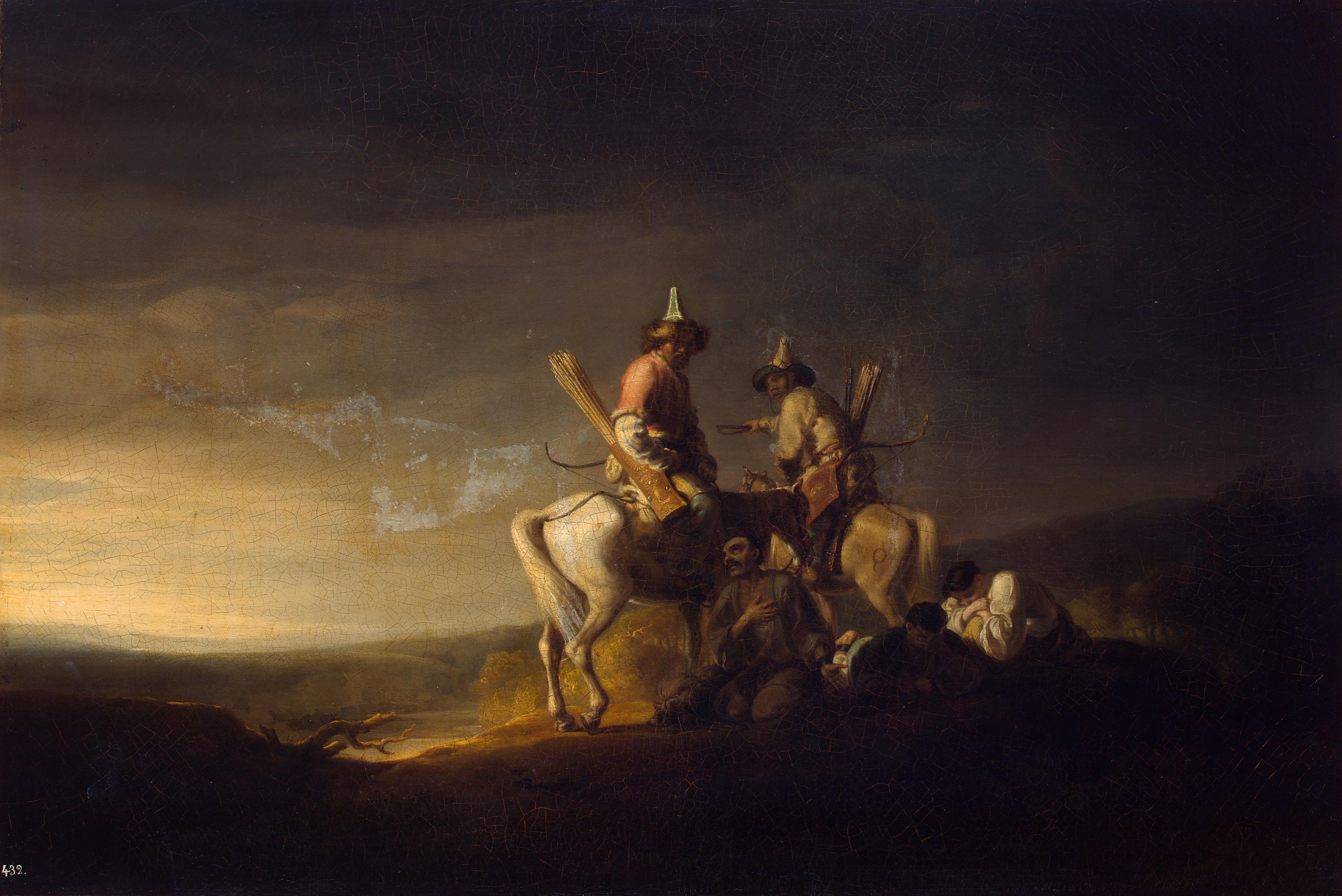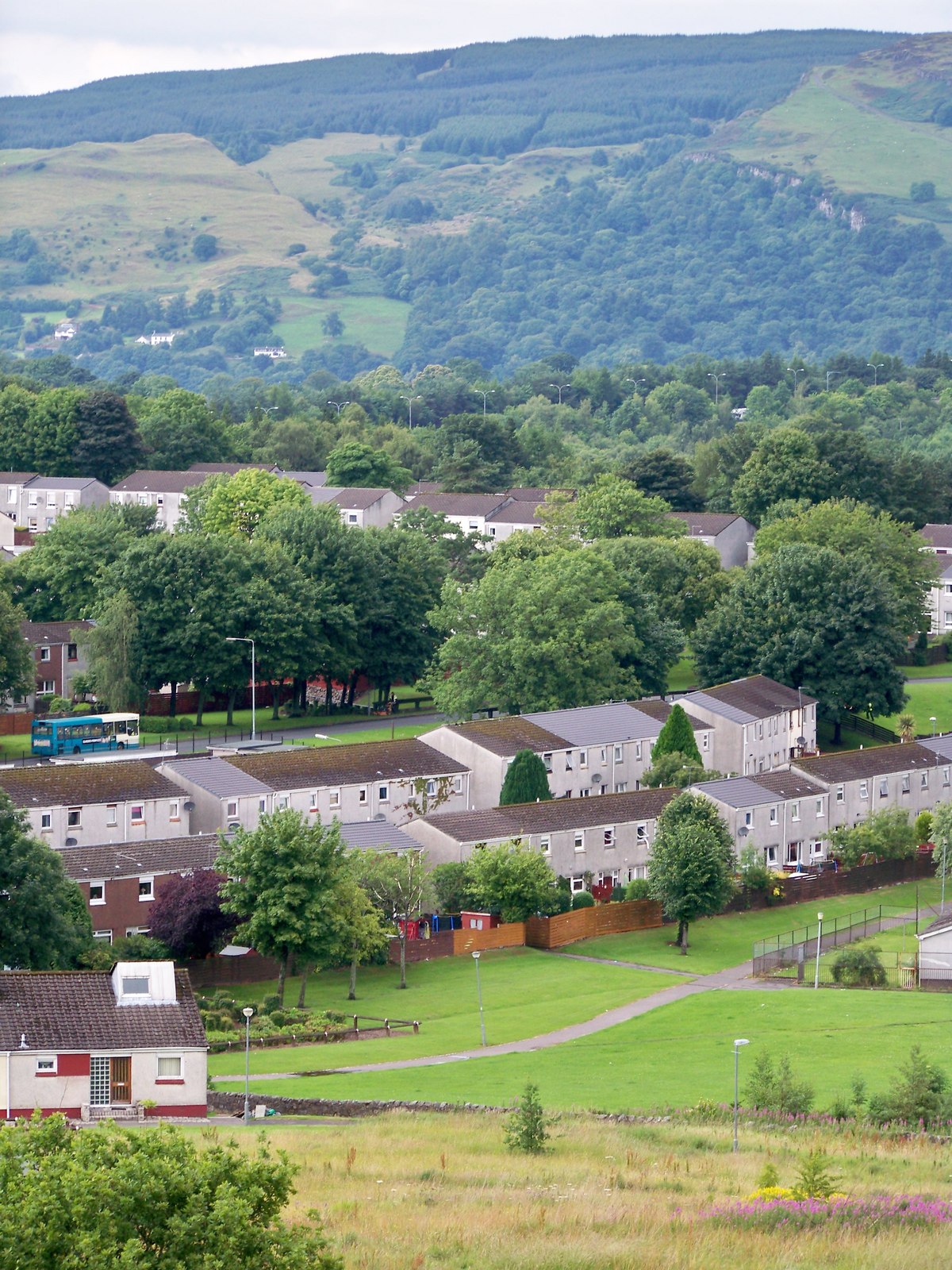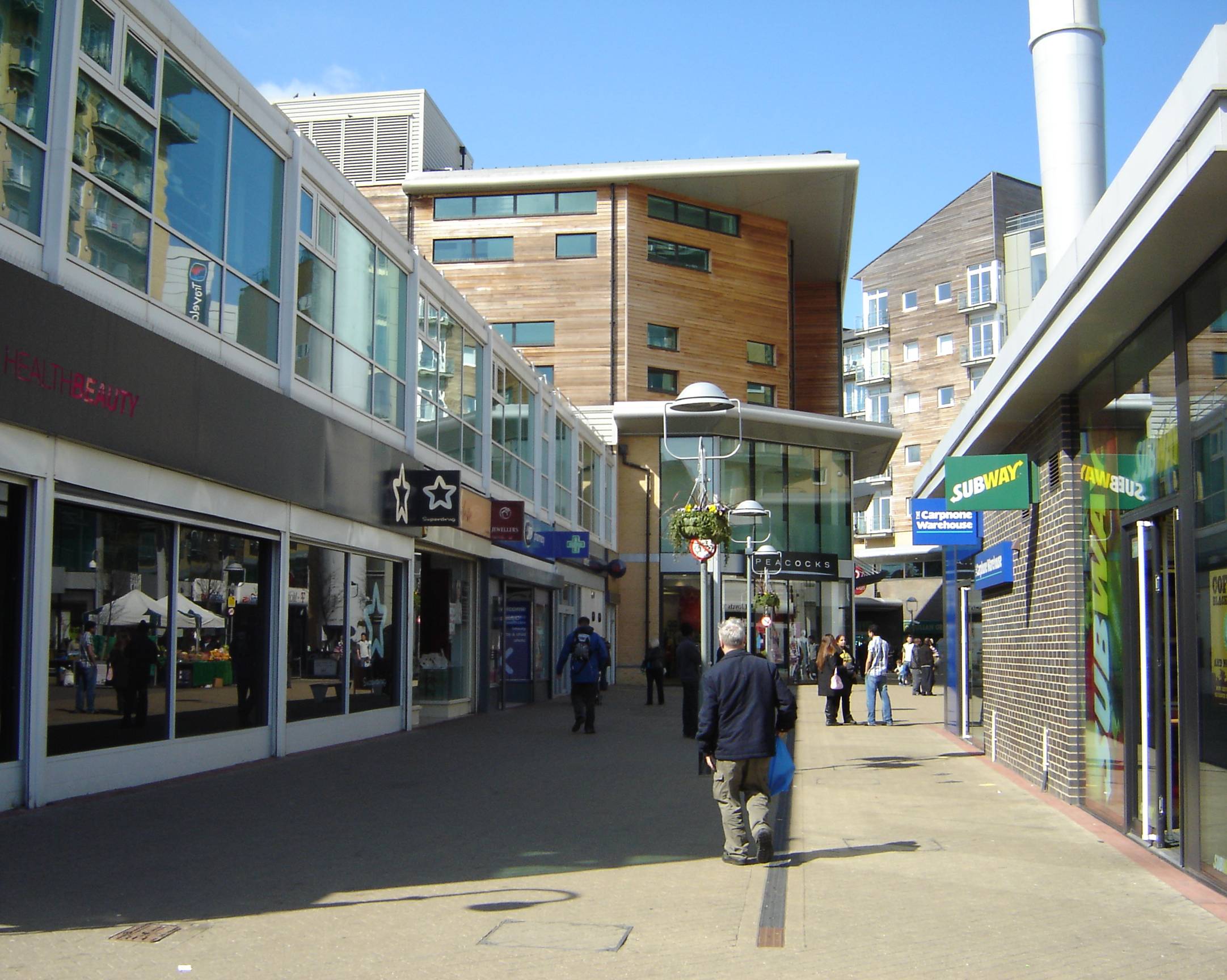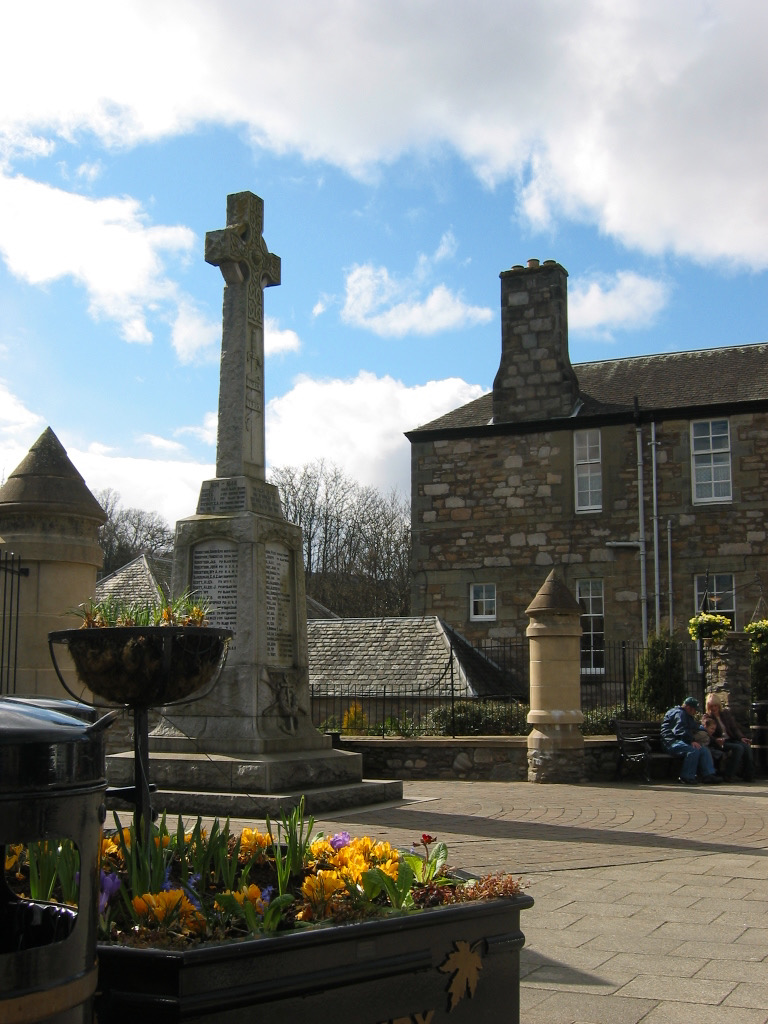|
Erskine Nicol
Erskine Nicol (3 July 1825 – 1904) was a Scottish figure and genre painter. Life He was born in Leith on 3 July 1825 the eldest son of James Main Nicol and his wife Margaret Alexander. His father rented a property on Lochend Road and worked in a wine merchant (Wauchope & Moodie) at 133 Constitution Street. The family moved to Fife Place on Leith Walk in the 1830s. After initial apprenticeship as a decorator he turned to art. He was a student at the Trustees' Academy on Picardy Place in Edinburgh, where he studied with Sir William Allan, and Thomas Duncan. On qualifying he initially taught as an Art Master at the old Leith High School. Nicol taught in Dublin, Ireland, from 1845–50, at the height of the Irish famine, and identified with the oppression of the Irish people and much of his work portrays the injustices inflicted upon the Irish population during the 19th century. As well as everyday Irish life In 1850, he moved back to Edinburgh. He lived at 1 Blenheim ... [...More Info...] [...Related Items...] OR: [Wikipedia] [Google] [Baidu] |
William Allan (painter)
Sir William Allan (178223 February 1850) was a distinguished Scottish historical painter known for his scenes of Russian life. He became president of the Royal Scottish Academy and was made a Royal Academician. Life and work Allan was born in Edinburgh, the son of William Allan Snr., macer, an officer of the Court of Session. He was educated at the High School, Edinburgh, under William Nicol (1744?-1797), the companion of Robert Burns. Showing an aptitude for art, he was apprenticed to a coach-painter, and studied under John Graham at the Trustees' Academy, with David Wilkie, John Burnet, and Alexander George Fraser. Here Allan and Wilkie were placed at the same table, studied the same designs, and contracted a lifelong friendship. After a few years he came to London, and entered the schools of the Royal Academy. His first exhibited picture was a ''Gipsy Boy with an Ass'' (1803), in the style of John Opie. Not finding success in London, in 1805 he travelled, by ship, t ... [...More Info...] [...Related Items...] OR: [Wikipedia] [Google] [Baidu] |
Associate Of The Royal Academy
The Royal Academy of Arts (RA) is an art institution based in Burlington House on Piccadilly in London. Founded in 1768, it has a unique position as an independent, privately funded institution led by eminent artists and architects. Its purpose is to promote the creation, enjoyment and appreciation of the visual arts through exhibitions, education and debate. History The origin of the Royal Academy of Arts lies in an attempt in 1755 by members of the Society for the Encouragement of Arts, Manufactures and Commerce, principally the sculptor Henry Cheere, to found an autonomous academy of arts. Prior to this a number of artists were members of the Society for the Encouragement of Arts, Manufactures and Commerce, including Cheere and William Hogarth, or were involved in small-scale private art academies, such as the St Martin's Lane Academy. Although Cheere's attempt failed, the eventual charter, called an 'Instrument', used to establish the Royal Academy of Arts over a decade l ... [...More Info...] [...Related Items...] OR: [Wikipedia] [Google] [Baidu] |
Sheffield
Sheffield is a city status in the United Kingdom, city in South Yorkshire, England, whose name derives from the River Sheaf which runs through it. The city serves as the administrative centre of the City of Sheffield. It is Historic counties of England, historically part of the West Riding of Yorkshire and some of its southern suburbs were transferred from Derbyshire to the city council. It is the largest settlement in South Yorkshire. The city is in the eastern foothills of the Pennines and the valleys of the River Don, Yorkshire, River Don with its four tributaries: the River Loxley, Loxley, the Porter Brook, the River Rivelin, Rivelin and the River Sheaf, Sheaf. Sixty-one per cent of Sheffield's entire area is green space and a third of the city lies within the Peak District national park. There are more than 250 parks, woodlands and gardens in the city, which is estimated to contain around 4.5 million trees. The city is south of Leeds, east of Manchester, and north ... [...More Info...] [...Related Items...] OR: [Wikipedia] [Google] [Baidu] |
William Fettes Douglas
Sir William Fettes Douglas (1822–1891) was a Scottish painter and art connoisseur, rising to be President of the Royal Scottish Academy. Life He was born on 12 March 1822 at 26 Rankeillor Street in Edinburgh's South Side, the eldest son of James Douglas, a banker in the Commercial Bank of Scotland and his wife, Martha Brook, grand-niece of Sir William Fettes, bart., the founder of Fettes College. On the completion of his education at the High School of Edinburgh, in 1836 he entered the Commercial Bank of Scotland, in which his father was accountant. His father was an amateur artist of some talent, and the son was encouraged to devote the free time of his ten years bank's service to painting and drawing. In 1847, he resolved to become an artist. Beyond a few months in the Trustees' Academy, then under Sir William Allan, he did not receive any systematic training, but he disciplined his hand and eye by the care and accuracy of the drawing he did by himself, and he attende ... [...More Info...] [...Related Items...] OR: [Wikipedia] [Google] [Baidu] |
Tate Gallery
Tate is an institution that houses, in a network of four art galleries, the United Kingdom's national collection of British art, and international modern and contemporary art. It is not a government institution, but its main sponsor is the UK Department for Digital, Culture, Media and Sport. The name "Tate" is used also as the operating name for the corporate body, which was established by the Museums and Galleries Act 1992 as "The Board of Trustees of the Tate Gallery". The gallery was founded in 1897 as the National Gallery of British Art. When its role was changed to include the national collection of modern art as well as the national collection of British art, in 1932, it was renamed the Tate Gallery after sugar magnate Henry Tate of Tate & Lyle, who had laid the foundations for the collection. The Tate Gallery was housed in the current building occupied by Tate Britain, which is situated in Millbank, London. In 2000, the Tate Gallery transformed itself into the curre ... [...More Info...] [...Related Items...] OR: [Wikipedia] [Google] [Baidu] |
Erskine Nicol Kept In
Erskine (, sco, Erskin, gd, Arasgain) is a town in the council area of Renfrewshire, and historic county of the same name, situated in the West Central Lowlands of Scotland. It lies on the southern bank of the River Clyde, providing the lowest crossing to the north bank of the river at the Erskine Bridge, connecting the town to Old Kilpatrick in West Dunbartonshire. Erskine is a commuter town at the western extent of the Greater Glasgow conurbation, bordering Bishopton to the west and Renfrew, Inchinnan, Paisley and Glasgow Airport to the south. Originally a small village settlement, the town has expanded since the 1960s as the site of development as an overspill town, boosting the population to over 15,000. In 2014, it was rated one of the most attractive postcode areas to live in Scotland. History Archaeological evidence states that agricultural activity took place within the area as far back as 3000 BC and it has been inhabited by humans since 1000 BC. The first rec ... [...More Info...] [...Related Items...] OR: [Wikipedia] [Google] [Baidu] |
Rottingdean
Rottingdean is a village in the city of Brighton and Hove, on the south coast of England. It borders the villages of Saltdean, Ovingdean and Woodingdean, and has a historic centre, often the subject of picture postcards. Name The name Rottingdean is normally interpreted as the ''valley of the people associated with Rōta'' (a male personal name). Rota was probably the leader of a band of Saxons who invaded the region in 450–500 AD and replaced the existing Romano-British inhabitants. The first recorded mention is in the Domesday Book (''Rotingeden'', 1086). Other variations to be found in ancient charters include ''Ruttingedene'' (1272), ''Rottyngden'' (1315) and ''Rottendeane'' (1673). The name was contrasted unflatteringly with Goodwood (another place in Sussex) in a national 1970s advertising campaign for wood preserver. Geography Rottingdean is in a dry valley whose sides in the upper reaches are quite steep, and this valley comes right down to the English Channel coa ... [...More Info...] [...Related Items...] OR: [Wikipedia] [Google] [Baidu] |
Middlesex
Middlesex (; abbreviation: Middx) is a Historic counties of England, historic county in South East England, southeast England. Its area is almost entirely within the wider urbanised area of London and mostly within the Ceremonial counties of England, ceremonial county of Greater London, with small sections in neighbouring ceremonial counties. Three rivers provide most of the county's boundaries; the River Thames, Thames in the south, the River Lea, Lea to the east and the River Colne, Hertfordshire, Colne to the west. A line of hills forms the northern boundary with Hertfordshire. Middlesex county's name derives from its origin as the Middle Saxons, Middle Saxon Province of the Anglo-Saxon England, Anglo-Saxon Kingdom of Essex, with the county of Middlesex subsequently formed from part of that territory in either the ninth or tenth century, and remaining an administrative unit until 1965. The county is the List of counties of England by area in 1831, second smallest, after Ru ... [...More Info...] [...Related Items...] OR: [Wikipedia] [Google] [Baidu] |
Feltham
Feltham () is a town in West London, England, from Charing Cross. Historically part of Middlesex, it became part of the London Borough of Hounslow in 1965. The parliamentary constituency of Feltham and Heston has been held by Labour Party MPs since 1992. In 2011, the population of the combined census area of Feltham, Bedfont and Hanworth was 63,368. The economy of the town was largely agrarian until the early twentieth century, when it was transformed by the expansion of the London urban area. Most of the original High Street was demolished in the 1960s and 1970s. Further redevelopment in the early 2000s created the current shopping centre, which opened in 2006. Heathrow Airport is to the north west of the town and is a major centre of employment for local residents. Feltham railway station is on the Waterloo to Reading line, between Twickenham and Staines-upon-Thames. History Feltham formed an ancient parish in the Spelthorne hundred of Middlesex.Vision of Britain – Felth ... [...More Info...] [...Related Items...] OR: [Wikipedia] [Google] [Baidu] |
Pitlochry
Pitlochry (; gd, Baile Chloichridh or ) is a town in the Perth and Kinross council area of Scotland, lying on the River Tummel. It is historically in the county of Perthshire, and has a population of 2,776, according to the 2011 census.Scotland's 2011 census. (n.p.). Scotland's Census. Retrieved 24 November 2015, from http://www.scotlandscensus.gov.uk/ It is largely a Victorian town, which developed into a tourist resort after Queen Victoria and Prince Albert visited the area in 1842 and bought a highland estate at Balmoral, and the arrival of the railway in 1863. It remains a popular tourist resort today and is particularly known for its Pitlochry Festival Theatre, salmon ladder and as a centre for hillwalking, surrounded by mountains such as Ben Vrackie and Schiehallion. It is popular as a base for coach holidays. The town has retained many stone Victorian buildings, and the high street has an unusual period cast iron canopy over one side. History Pitlochry today dat ... [...More Info...] [...Related Items...] OR: [Wikipedia] [Google] [Baidu] |
County Westmeath
"Noble above nobility" , image_map = Island of Ireland location map Westmeath.svg , subdivision_type = Sovereign state, Country , subdivision_name = Republic of Ireland, Ireland , subdivision_type1 = Provinces of Ireland, Province , subdivision_name1 = , subdivision_type2 = Regions of Ireland, Region , subdivision_name2 = Eastern and Midland Region, Eastern and Midland , seat_type = County town , seat = Mullingar , parts_type = Largest settlement , parts = Athlone , leader_title = Local government in the Republic of Ireland, Local authority , leader_name = Westmeath County Council , leader_title2 = Dáil constituencies , leader_name2 = , leader_title3 = European Parliament constituencies in the Republic of Ireland, EP constituency , leader_name3 = Midlands–North-West (European Parliament constituenc ... [...More Info...] [...Related Items...] OR: [Wikipedia] [Google] [Baidu] |
Clonava
Clonava () is a townland in County Westmeath, Ireland. It is located about north of county town Mullingar. Clonava is one of 35 townlands of the civil parish of Street in the barony of Moygoish in the Province of Leinster. The townland covers , including of water; part of the western end of Lough Derravaragh and the majority of the small lake, Lough Ruddan. The townland contains the settlement of Clonave. North of Lough Derravaragh, the River Inny forms the eastern boundary of the townland. Peat is extracted from wetlands that cover the north of Clonava and parts of neighbouring townlands. The neighbouring townlands are: Coolnagun to the north, Shrubbywood to the north–east. Derrya to the east, Lackan and Lackanwood to the south and Clonkeen and Bottomy to the west. In the 1911 census of Ireland there were 15 houses and 63 inhabitants [...More Info...] [...Related Items...] OR: [Wikipedia] [Google] [Baidu] |





_(2).jpg)




